Yello Travel Guide: 23 Places in the Caribbean to Visit in 2023
by Karen Rollins Dec 26, 2022
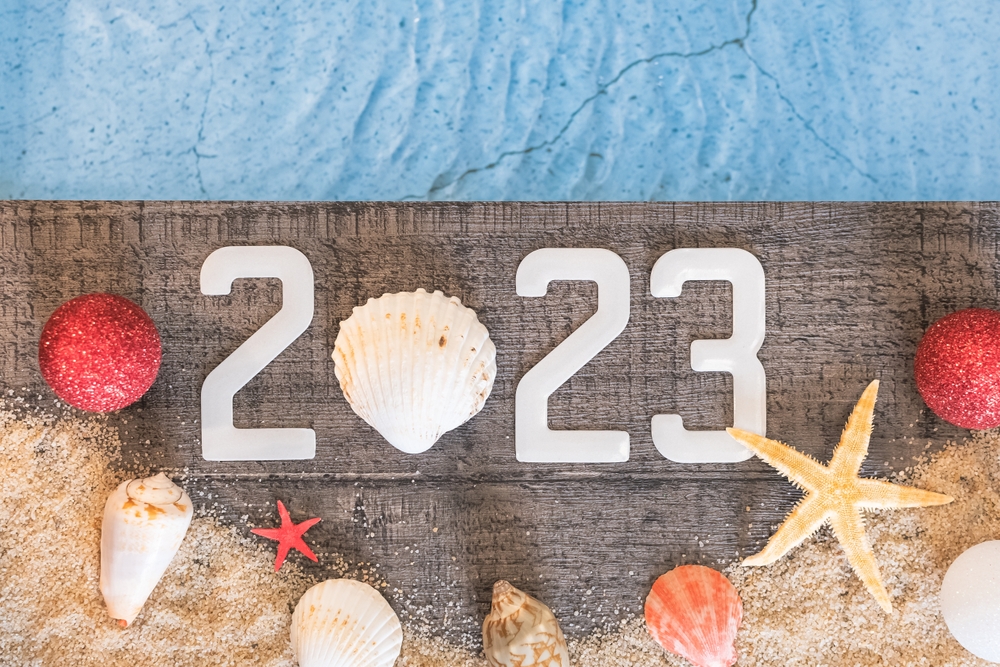
The Caribbean is blessed with beautiful weather, stunning beaches, a rich cultural heritage, and natural wonders that are truly awe inspiring.
We live where people come to vacation, but a lot of the time, we don’t even know most of the wonderful sites to be found on our own islands, let alone in neighbouring countries.
If travelling around the region is high on your list of priorities in 2023, you could start with these 23 fascinating places (in no particular order).
1. Kaieteur Falls (Guyana) – At 741 feet high, Kaieteur is the world’s tallest single drop waterfall. Surrounded by pure rainforest, the major tourist attraction is an unforgettable sight from above and on the ground.
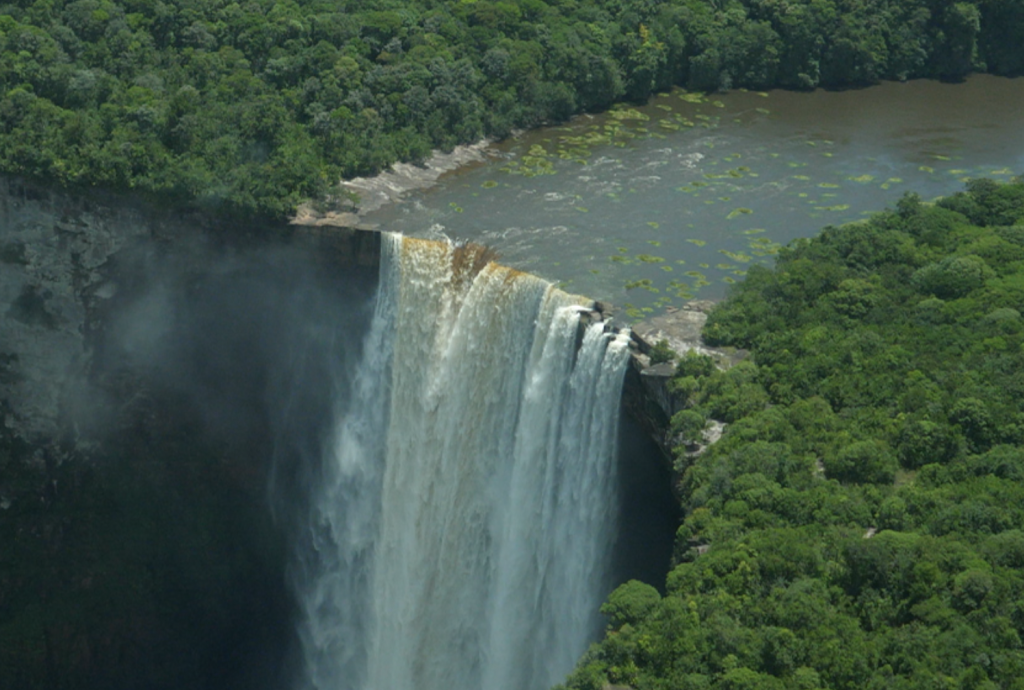
2. The Blue Hole (Belize) – A giant submarine sinkhole, the Blue Hole measures 1,000 feet across and approximately 400 feet deep and is known as one of the most spectacular diving spots in the world.
3. Harrison’s Cave (Barbados) – A natural limestone cave system that features stalagmites, stalactites, streams, and waterfalls and is at least 2.3 kilometres long.
4. Grace Bay Beach (Turks and Caicos) – Located on the northeast coast of the island of Providenciales, Grace Bay’s pristine features include 4.8 kilometres of signaturepowdery soft, white sand with turquoise, crystal clear, calm water.
5. Nelson’s Dockyard National Park (Antigua and Barbuda) – The largest national park on the island. This site has wonderfully restored 18th and 19th century buildings and is still used today as a working dockyard.
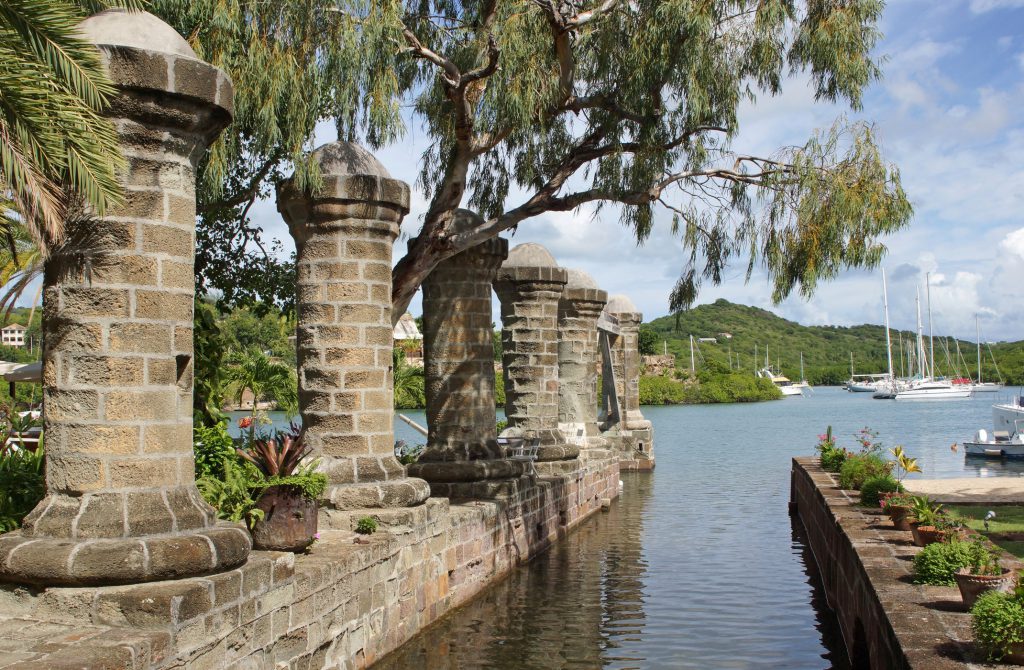
6. Animal Flower Cave (Barbados) – First discovered from the sea in 1750 by Reverend Griffith Hughes. Offers spectacular views of the coast above ground, and an eye level perspective of the Atlantic Ocean’s pounding surf when you venture down the steps into the cave itself.
7. Indian Town National Park and Devil’s Bridge (Antigua and Barbuda) – Officially designated a national park in the 1950s. This area features acacia trees and shrubs, the remnants of an Arawak campsite, and various hiking trails. Devil’s Bridge is a natural limestone arch.
8. Blue and John Crow Mountains (Jamaica) – The Blue and John Crow National Park covers over 40,000 hectares (which is approximately 4.5% of Jamaica’s total landmass) and is recognised for its biodiversity which includes flora and fauna endemic to the island.
9. Salt Slave Huts (Bonaire) – Located near the coastal EEG Boulevard, on the southwest coast of the island, these huts were built in the 1850s to house enslaved Africans. The interior headroom is only about 3-4ft.
10. Sulphur Springs (St Lucia) – Marketed as the world’s “only drive through volcano”, Sulphur Springs features bubbling steams, a cliff face waterfall, and soothing mud baths.
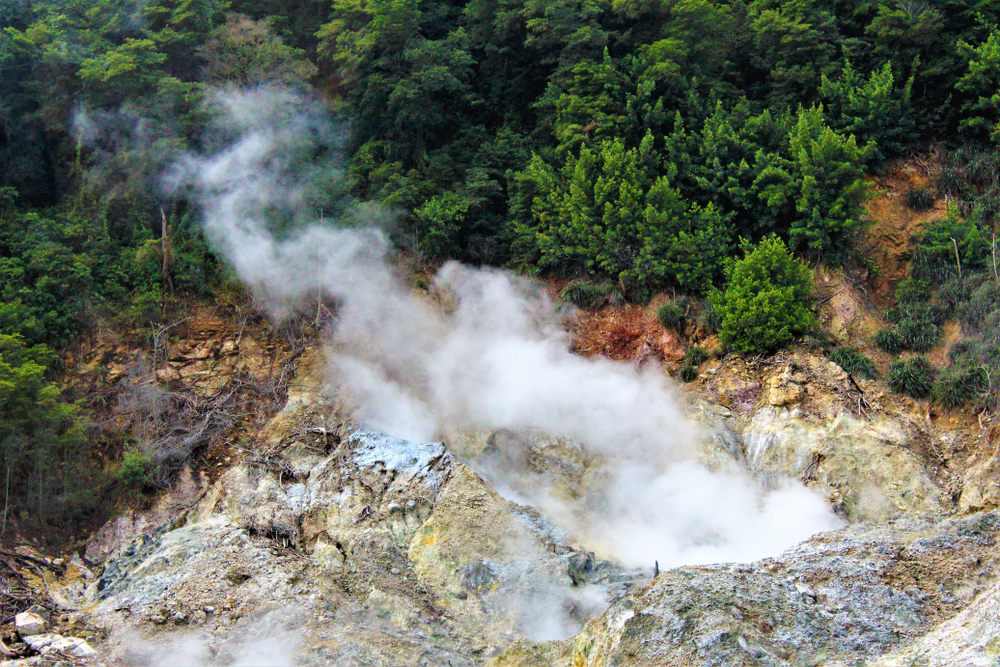
11. Codrington College (Barbados) – The oldest theological college in the Western hemisphere, and the oldest tertiary institution in the region. The main building and chapel were completed in the 18th century.
12. The Heritage Museum (The Bahamas) – Located in the historic Mountbatten House on West Hill Street, this museum offers visitors an in depth look at the history and heritage of The Bahamas.
13. Tobago Cays Marine Park (St Vincent and the Grenadines) – The Tobago Cays are an archipelago located in the Southern Grenadines comprising of five small islets, one island, and extensive coral reefs.
14. Champagne Reef (Dominica) – Attracting diving and snorkeling enthusiasts from around the world, the reef is named for the bubbling waters which rise from volcanic thermal springs on the ocean floor.
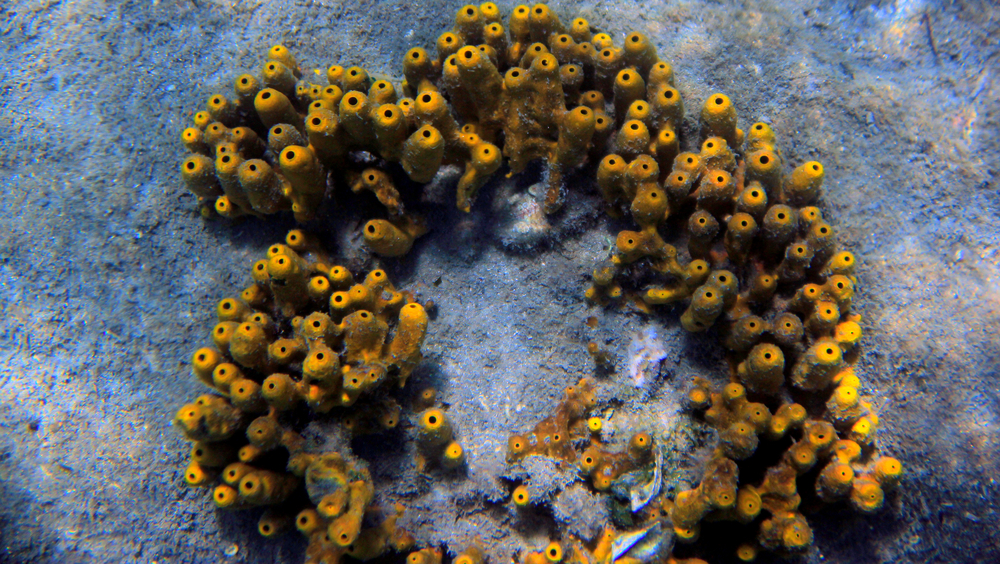
15. Wallblake House (Anguilla) – This impressive heritage site dates from 1787 and is said to be the oldest structure on Anguilla.
16. Brimstone Hill Fortress and National Park (St Kitts and Nevis) – Described on the official World Heritage Centre website as “an outstanding, well-preserved example of 17th- and 18th-century military architecture in a Caribbean context.”
17. Brandaris peak in Washington Slagbaai National Park (Bonaire) – At 784 feet, Brandaris peak is the highest point in the country and offers incredible views, especially at sunset.
18. Pigeon Island (St Lucia) – Designated as a National Park in 1979 and a National Landmark in 1992. Pigeon Island is known for its stunning views, beautiful beaches, and unique heritage attractions.
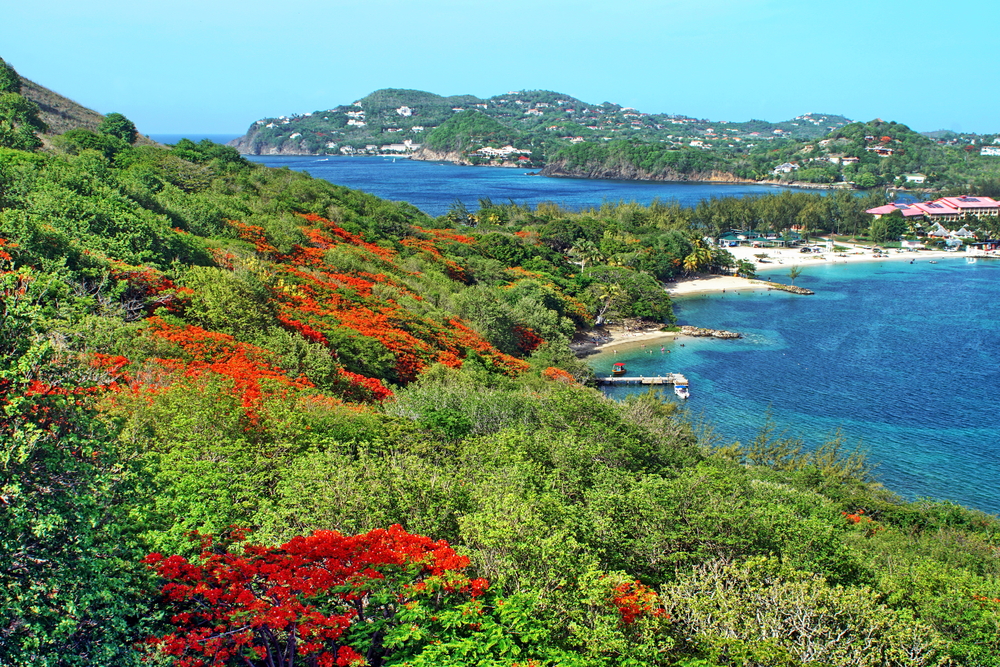
19. Temple in the Sea (Trinidad) – A magnificent holy structure that was first built in 1947 by indentured labourer Siewdass Sadhu as a place of worship for Hindus.
20. Soufrière Hills Volcano (Montserrat) – View the venting dome of the volcano from the Montserrat Volcanic Observatory, where you can also hear more information on the disruption it caused in 1995.
21. Dunn’s River Falls and Park in Ocho Rios (Jamaica) – One of the most popular waterfalls on the island at 180ft high and 600ft long. It is also one of the few travertine waterfalls in the world.
22. Fort George (Grenada) – Located 175ft above the capital of St George’s, this fort offers stunning views of the harbour, the lagoon, and Grande Anse beach.
23. The Cayman Islands National Museum (Cayman Islands)– Situated on Harbour Drive in George Town, this historic building dates to the 1800s, and is Cayman’s oldest surviving public building.
Happy New Year and happy travelling!








